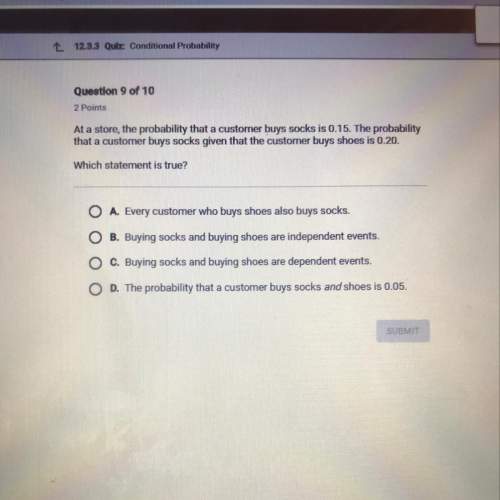
Mathematics, 19.05.2020 22:08 bqg464
Consider the following theorem. Theorem: For all sets A and B, if A ⊆ B, then A ∪ B ⊆ B. Supply explanations for the steps in the proof of the theorem. Proof: Statement
Explanation Suppose A, B, and C are any sets such that A ⊆ B. starting point We must show that A ∪ B ⊆ B. conclusion to be shown Let x be any element in A ∪ B.
start of an element proof Then x is in A or x is in B.
In case x is in A, then x is in B
In case x is in B, then x is in B.
tautology (p → p) So in either case, x is in B. proof by division into cases Thus every element in A ∪ B is in B.
since x could be any element of A ∪ B Therefore, A ∪ B ⊆ B [as was to be shown]."

Answers: 3


Other questions on the subject: Mathematics

Mathematics, 21.06.2019 19:00, sreyasusanbinu
45% of the trees in a park are apple trees. there are 27 apple trees in the park. how many trees are in the park in all?
Answers: 1

You know the right answer?
Consider the following theorem. Theorem: For all sets A and B, if A ⊆ B, then A ∪ B ⊆ B. Supply expl...
Questions in other subjects:


Mathematics, 03.03.2021 03:30




English, 03.03.2021 03:30

History, 03.03.2021 03:30



Mathematics, 03.03.2021 03:30




